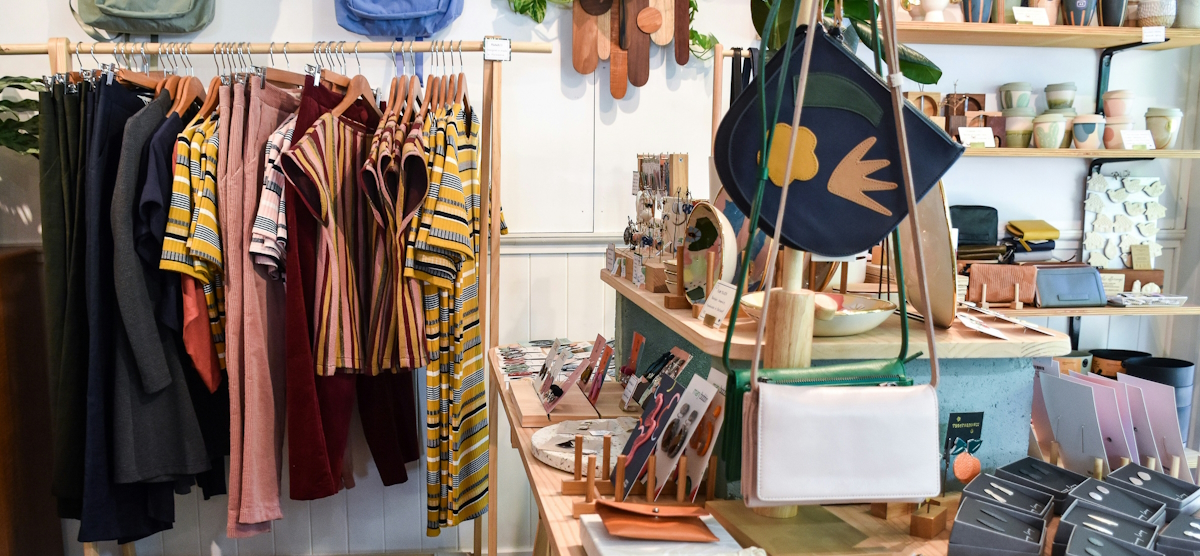How Digital Fashion Blends Designs with Futuristic Technology

The future of the fashion world is poised to face the digital fashion trend. Combining fashion design and the zeitgeist of the digital era, it represents clothing designs as virtual products. They offer many potentials for future fashion designers to explore a new realm of creativity.
Digital vs Conventional Fashion: Major Differences
What makes digital fashion vastly different from the conventional one?
The biggest one is the use of digital technology and tools to create fashion items. For example, a fashion designer might use digital designing and printing tools to create an item. However, digital fashion trends toward the future will shift to a new realm.
Currently, there are projects that create digital outfits, which are later placed on either human photos or digital avatars. Fashion shows are also not confined to physical places, but also on digital landscapes.
The current examples are the 2020 fashion shows in Milan, New York, Paris, and London. Restrictions around the pandemic forced fashion shows to adapt. The result was a unique blend of digital landscapes and unique styles achieved by digital tools. Brands like Dior, Burberry, and Balenciaga managed to gain online attention, thanks to the accessible, shareable format of their digital shows.
The Potentials
Digital fashion offers a lot of potential for future designers. There are many possibilities to explore creative and commercial realms. Here are some examples:
- Unbound Creativity
Fashion designers are no longer limited by materials and physical restrictions when it comes to designing. This trend opens the door for wild, unbound creative explorations. With the support of technology such as AI and VR, designers can explore a realm that was unthinkable before.
- Sustainable Fashion Marketing
Digital fashion is the future of sustainable fashion marketing. With this technology, designers can reduce physical waste from the production process. They can create digital versions of the outfits as portfolios and marketing materials, using either human models or digital avatars.
This can also reduce the landfill pile that comes from textile waste, which includes dye and other chemicals. With global customers embracing sustainability and green fashion, this is a great strategy to market yourself.
- Innovative Entrepreneurship
Future designers get a lot of useful tools and access to technology to build their own businesses. It opens many doors to creative business practices, especially in marketing and building portfolios.
You can create mockups quickly and can even model your own outfits more easily. You can also create creative customizations and accommodate more clients. You can even create your own virtual fashion show to make prospective customers more interested.
- Easier Collaborations
This fashion trend reduces the limitations and restrictions for collaborations. You can transfer your materials and portfolios to other media, allowing others to partner more easily with you in a project. Designers can work with marketers, concept designers, architects, artists, game developers, and many more.
- More Diversity in Styles and Clients
Digital fashion opens the door for more diverse designers and styles to embrace more clients. Fashion items created through digital means are not restricted by size, gender (or gender expression), or age. Anyone can find a lane to get creative while focusing on the demographic that is often neglected in the traditional fashion industry.
Critiques and Drawbacks
While it opens many possibilities, you also should not ignore its drawbacks and critiques.
A common critique is about its “all style and no substance” look. While digital fashion allows designers to go wild with their creativity, the results are not always applicable. Since clients still expect to actually wear their outfits, this could become a problem if the designer fails to deliver.
Another critique is aimed at the question of sustainability. While it is a good issue, the sustainability of this trend is often seen as only at the surface level. Since fashion items get their worth for being wearable, the sustainability aspect of digital outfits only gets poor replacements.
Still, it is still a growing industry, and future fashion designers should also learn about this aspect when studying professionally. BINUS UNIVERSITY offers a fashion program with courses based on future trends. With partners like Northumbria University and Queensland University of Technology, you can get a fashion education that is geared to face the future trend.
Digital fashion seems to be one of the growing fashion trends. Embrace it during your study to prepare for the market demands in the future.

